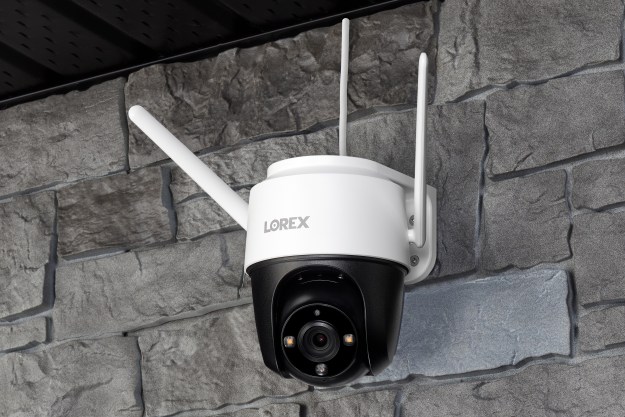
U.S. air carrier US Airways has become the latest carrier to sign u with AirCell, announcing that it plans to begin offering GoGo Inflight Internet service on its fleet of A321 aircraft on selected domestic air routes beginning in early 2010. Like other carriers offering inflight Internet access from Gogo, users will be able to connect Wi-Fi enabled devices in the cabin to an in-plan Wi-Fi network that in turn maintains Internet access by communicating with ground-based cellular services.
US Airways has not announced a pricing structure for its in-flight Internet offering, but says customers will be able to choose from Aircell’s standard pricing structures, which ranges from $5.95 fto $12.95, depending on the length of the flight and the type of Wi-Fi device being used.
“Gogo is for anyone who wants to make plane time their time,” said Aircell president and CEO Jack Blumenstein, in a statement. “We look forward to working with US Airways to bring the world to its passengers.”
US Airways says routes featuring in-flight Internet will be detailed on the company’s Web site, and “later next year” passengers will be able to see a Wi-Fi icon next to flights with Wi-Fi Internet access while booking their flights via the company Web site.
Editors' Recommendations
- This Wi-Fi robot vacuum is discounted from $199 to $79
- How to tell if someone is using your Wi-Fi (and kick them off)
- These are the best Wi-Fi routers for 2023
- The Arlo Go 2 can go beyond Wi-Fi, and that’s really cool
- This Netgear Mesh Wi-Fi System is 51% off for Prime Day


